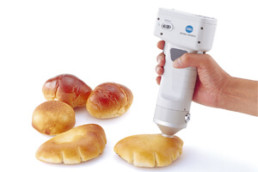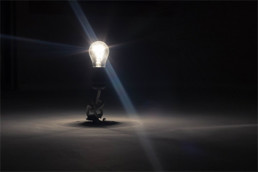Colorimeters and Their Many Uses
These measurements have a number of applications. Since they help compute a person’s perception of color, they are frequently used in R&D to help develop electronic devices with screens, including phones, tablets and computers. Although there are other methods of measurement that are more comprehensive, like spectrometry, the readings from colorimeters offer more relevant data.
In addition, scientists can use chroma meters to analyze chemicals that have chromophores. These are areas in the chemicals that take in visible radiation. Research in fields such as pharmaceuticals and histology can benefit from quantifying colors to properly measure their subjects.
Color readers also can serve as quality control monitors for production lines or food. Makers of toys, textiles and other products could utilize them to ensure that colors are equivalent for all items. Chroma meters can be used to do the same for food too.
These are just some of the possible applications for colorimeters. But no matter what your needs are, Konica Minolta Sensing has your solution. The Chroma Meter CR- 410 is a portable device with a long battery life. It can take readings of uneven surfaces and those with a lot of color variation, and, as a result, be used in a number of fields, such as on production floors. Konica Minolta Sensing also offers a variety of meters for the food industry. The BC-10 Plus Baking Contrast Meter, for example, can quantify the color of baked, processed and fried food to make sure that all foods are consistent. Next time you need a colorimeter, trust Konica Minolta Sensing.
Want to learn more about color measurement? Join us for a two-part webinar series this May (2022) about the essentials of color science and the elements of an effective color process within research and manufacturing environments.










